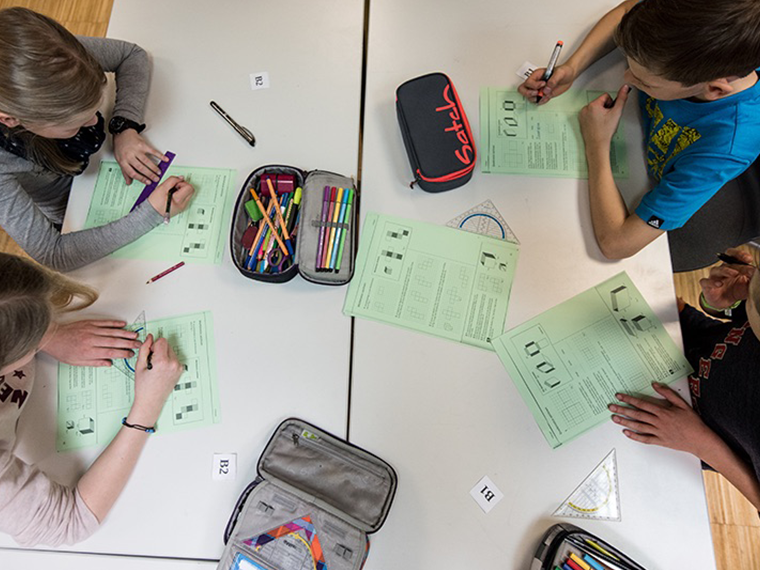Pharma companies less likely to disclose critical drug information than public institutions
In 2007, the Food and Drug Administration’s new disclosure rule seemed clear and threatening enough: With few exceptions, anyone conducting Stage II or III trials in hopes of gaining FDA approval for a drug must post their results on ClinicalTrials.gov within one year of the trial’s completion. Failure to do so could result in a $10,000-a-day penalty assessed on the trial sponsor, be it a pharmaceutical company, university, nonprofit institute or some other backer.
The rule was meant to bring more safety and less waste to the drug research and development process by publicly exposing a drug’s potential side effects early on. It was passed on the heels of the infamous 2004 Vioxx recall, set off by the drug manufacturer’s belated release of data from post-approval trials that linked Vioxx to heart issues. Some 80 million people were taking the drug at recall.
Opt In to the Review Monthly Email Update.
The widespread failure of this edict has been well documented. A 2012 study published in the medical journal BMJ found about 22% of clinical trials completed in 2009 reported results as required. A 2020 report in Science looking at 2018-19 completed trials found that less than half of 4,700 clinical trials filed results on time. Sponsors for some 31.6% of those trials didn’t file any results, according to the findings.
The Strategy of Nondisclosure
A working paper looking at trial reporting across 2007-2019 suggests that nondisclosure of results often is a strategic decision by for-profit trial sponsors facing competition for drugs in development. Pharmaceutical companies in competitive markets — i.e., one in which a competitor is developing a drug to treat the same condition — are less likely to file results on time, or to report them at all, according to findings by UCLA Anderson’s Jennifer Kao.
To study the effects of competition on compliance, Kao categorized more than 147,000 Stage II and III clinical trials, sponsored by pharmaceutical firms and public entities like the National Institutes of Health, by the diseases and conditions the drugs were meant to treat. She used multiple factors to determine the level of competition for each trial, including the number of competitor trials within the past five years targeting the same problems and the existence of competing drugs with priority review status (an FDA designation that signals the importance of the drug and can expedite approval).
Overall, only 30% of trials in the study sample reported results within two years, with average disclosure rates by pharmaceutical companies about 25% lower than public sponsor rates.
Compliance rates for the disclosure laws generally fell as the level of competition increased, according to the findings. For example, the approval of a competitor’s priority drug lowers by about 13% the likelihood that trials of competing drugs will report results within two years of completion, according to the findings. Firms that did report results took significantly longer to post findings than trial sponsors without priority review competition.
Competition did not change the likelihood that a drug would ultimately be approved for sale, according to the study. Kao notes that failure to disclose results was not restricted to trials that failed to advance, and trial sponsors often end trials for strategic reasons rather than issues with the product. However, trials in highly competitive markets were much less likely to include randomized and double-blind samples, protocols considered hallmarks of high-quality experiments in the field. Findings in trials without these precautions, Kao explains, are less useful for determining the drugs’ safety and efficacy.
Competition Fuels Selective Nondisclosure
Competition appears to inspire secrecy because trial sponsors fear that posting their findings may give rivals certain advantages. For example, trial findings may save a competitor time and money by revealing side effects that arose in a drug with a similar formula. Looking at patent filings for the trial drugs, Kao’s work also suggests that high levels of competition lead sponsors to strategically delay trial disclosures to be most beneficial to their patent applications.
Kao estimates that some 1,374 more private-sector trials, involving about $20.6 billion in investment, would have publicly reported their results if their sponsors were not concerned about competition.
Meanwhile, an FDA trials tracker (operated by a team at the University of Oxford) shows that the agency could have imposed fines of at least $37.43 billion for late reporting.
A separate FDA report in August reveals that the agency has sent notices of noncompliance to four of the nearly 15,000 sponsors with trials ending since January 2018. The first notice went out April 27, 2021.
The tracker also reveals the amount in fines the government has collected in fines so far: $0.
Featured Faculty
-
Jennifer Kao
Assistant Professor of Strategy
About the Research
Kao, Jennifer L., (2022). Information Disclosure in the Presence of Competition: Evidence from the Pharmaceutical Industry. http://dx.doi.org/10.2139/ssrn.4081398
Prayle, A., Hurley, M. & Smyth, A. (2012). “Compliance with Mandatory Reporting of Clinical Trial Results on ClinicalTrials.gov: Cross Sectional Study. BMJ, 344: d7373.






